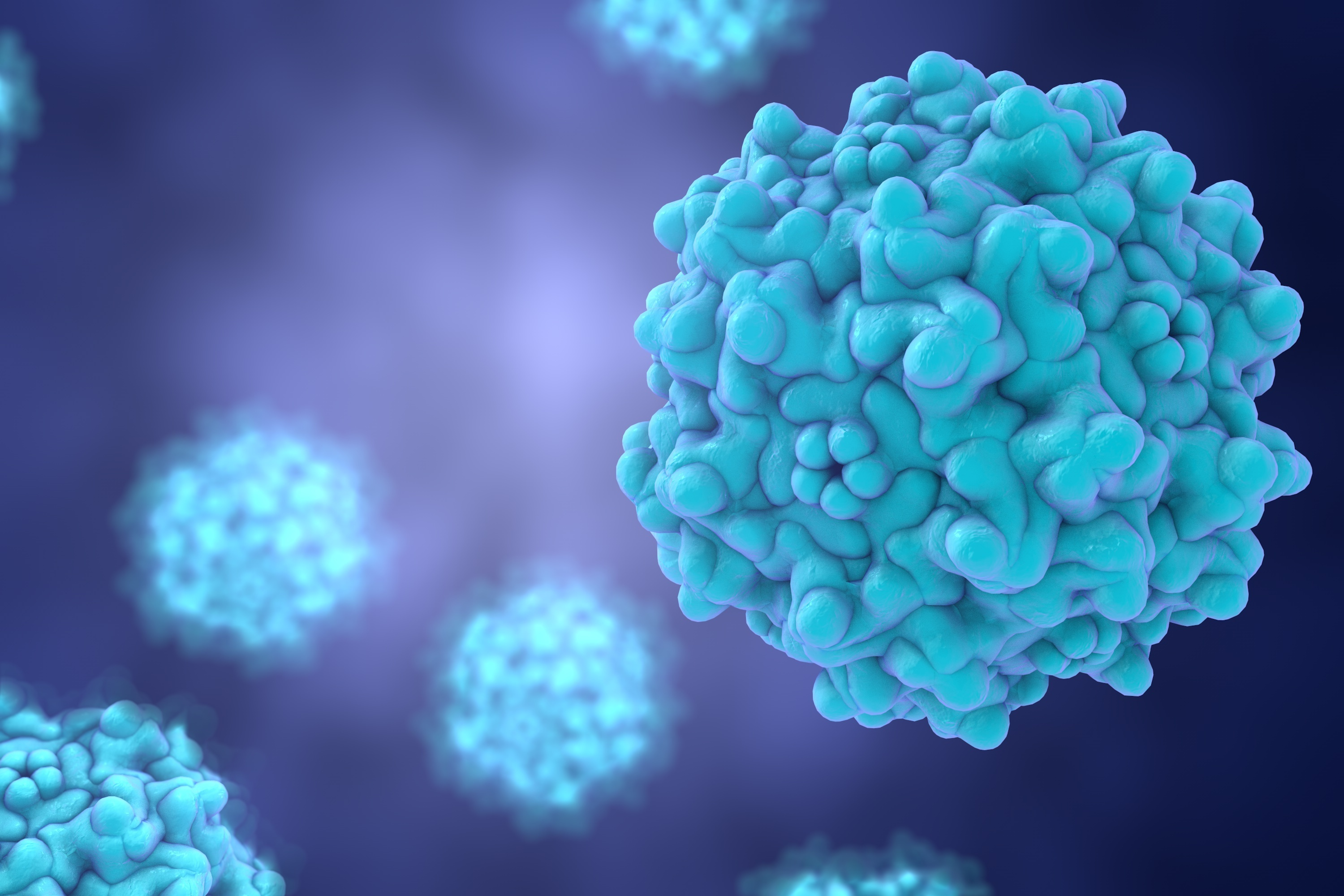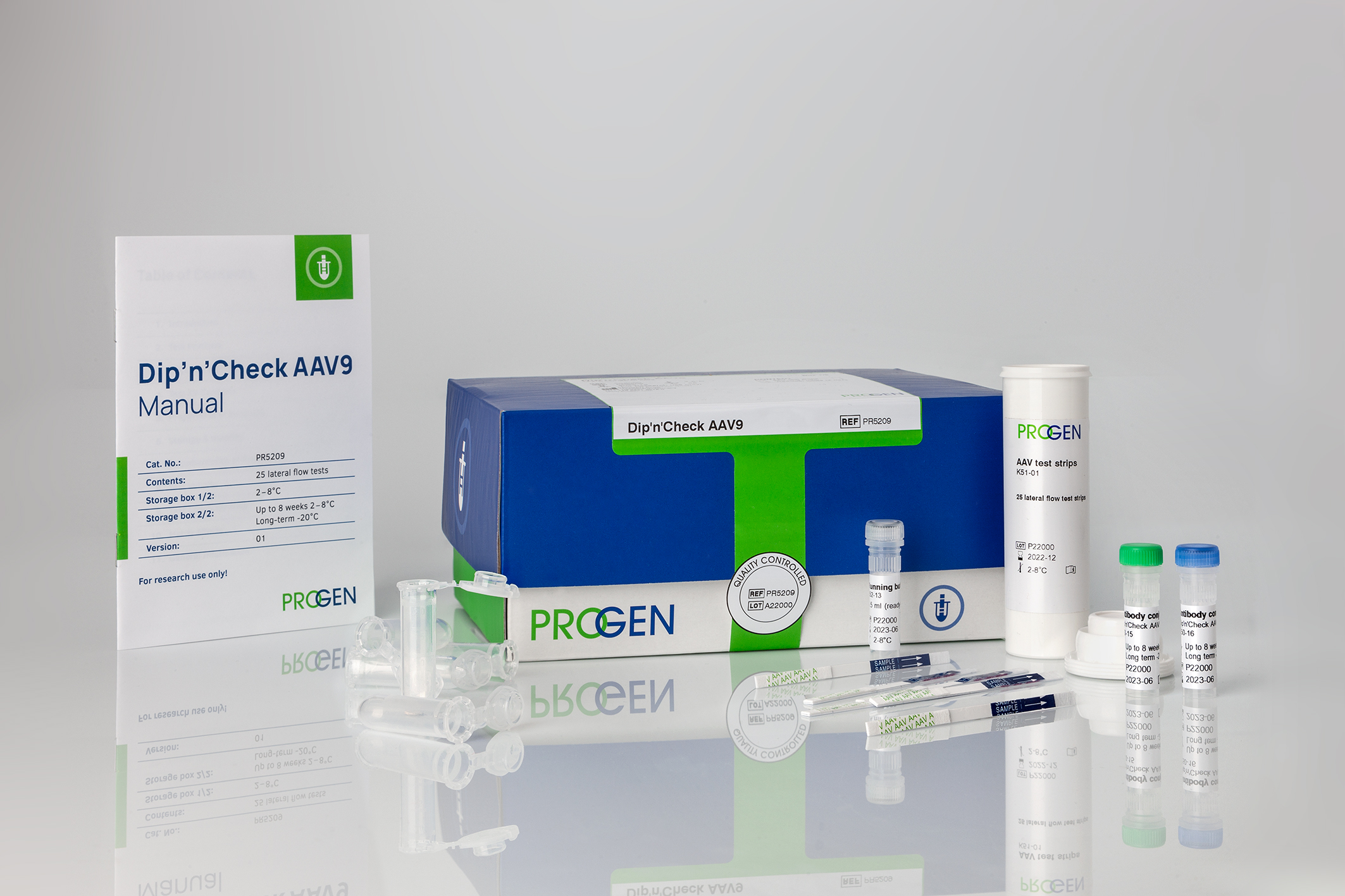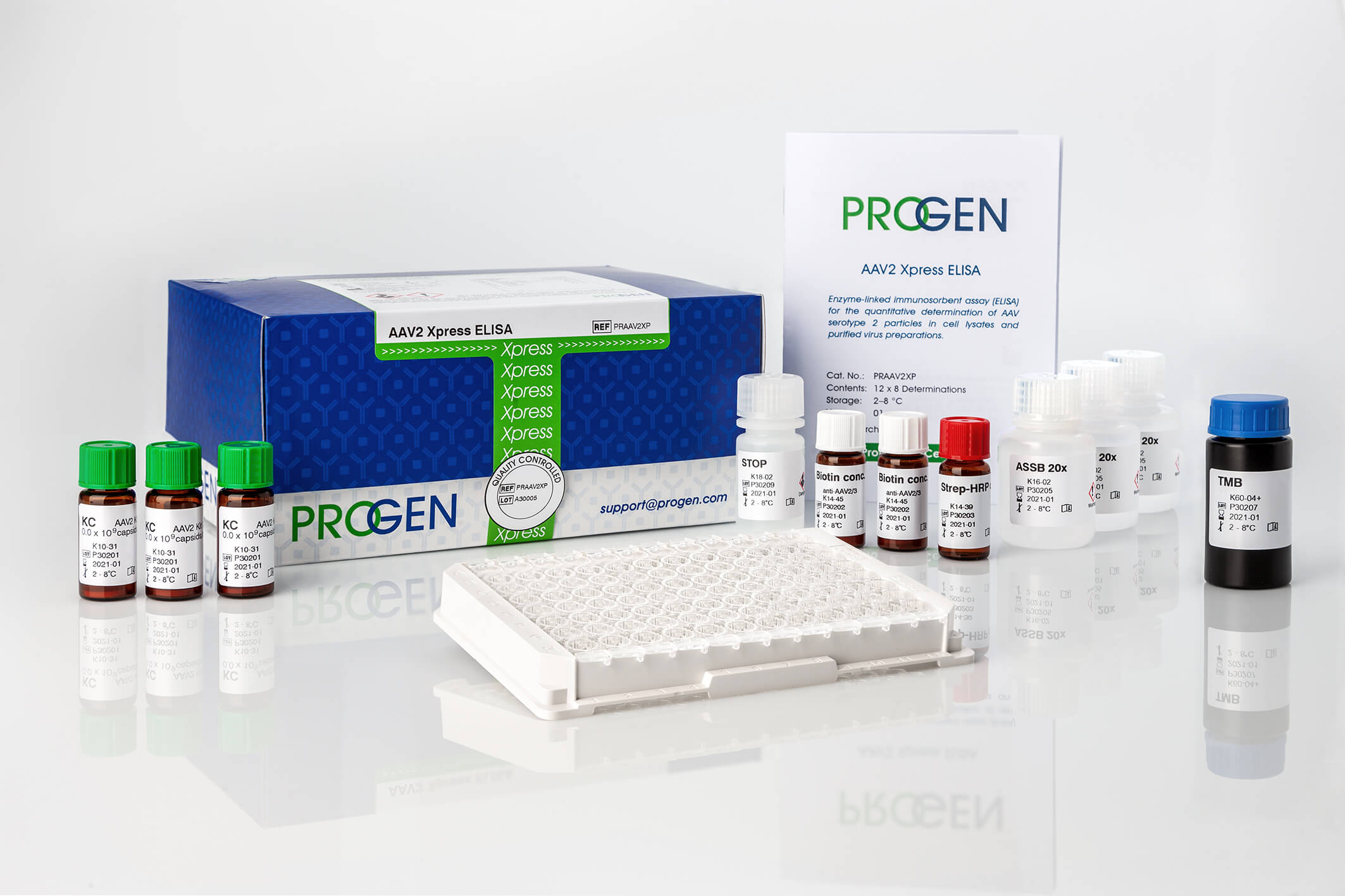Five Reasons to Choose Adeno-associated Viruses for Gene Therapy
Gene therapy has proven to be an effective approach for treating genetic diseases, which stem from alterations in a person’s DNA. Through gene therapy, genetic material enters a person’s body and is delivered into target cells, replacing damaged or mutated DNA. One of the leading vehicles for transferring this genetic material into cells is the Adeno-associated virus (AAV), a powerful tool that makes it possible not simply to treat the symptoms of certain diseases but to impact the genetic alterations that cause them.
Read on to discover five facts about these game-changing viruses.
1. AAVs are safe
Although one usually thinks of viruses as causing illnesses, AAVs do not cause any human diseases. In addition, they have a very low cytotoxicity – they are not particularly toxic to cells – and low immunogenicity, so they provoke little immune response. This, paired with the fact that viruses have evolved to deliver DNA into cells, makes AAVs an excellent vehicle for gene therapy.
2. AAVs deliver functional genes without altering the host’s genome
The AAVs used in gene therapy lack the gene that would enable their DNA to integrate into the host cell’s DNA. This makes it possible for the DNA from an AAV used in gene therapy to impact the gene expression in the host organism, as desired, without altering the host’s genome. Additionally, the AAV genome lacks the genes required for the virus to replicate. Instead, those genes are replaced with the gene of interest that needs to be repaired or replaced in the patient. As a result, there is a very low risk of AAVs causing unwanted gene modifications.
3. AAVs persist
Genes delivered by AAVs remain in host cells in the form of episomes, non-chromosomal DNA. These episomes have been demonstrated to ensure long-term gene expression in human muscle tissue for up to ten years.
4. AAVs can enter cells in many different types of tissues
There are currently twelve serotypes of AAVs with varying cell surface receptors that allow them to attach to different types of cells. AAVs can be used in many places throughout the body including the brain, lungs, heart, liver, and muscle cells – both smooth and skeletal.
5. AAVs are effective
AAVs have been and are currently being used in 350 clinical trials worldwide for the treatment of a wide range of diseases, including inherited ones such as cystic fibrosis, hemophilia B, and muscular dystrophy, as well as acquired ones such as severe heart failure and Parkinson’s disease. And the future looks bright for AAVs, with five AAV-based gene therapies having already been approved by the FDA.
Interested in learning more about AAVs?
Check out this post on recombinant AAVs, this one on the challenges of AAV-based gene therapy, and this one on the best AAV serotype for your target tissue.






